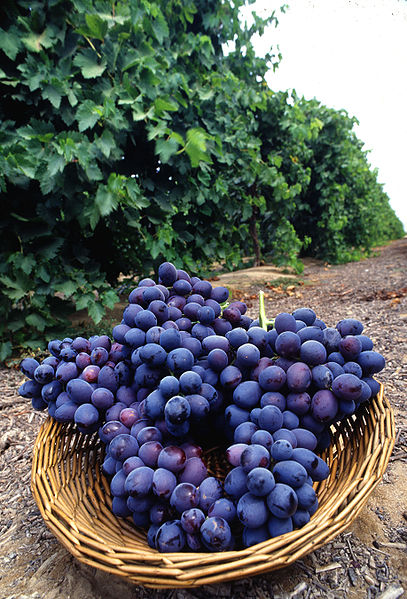A new study published in Scientific Reports shows that much of the signature taste in wines from various regions of the globe can be attributed to the strains of yeast that live on the grapes, and subsequently help ferment the product.

The crop strains that produce wine have a varied phenotype resulting in wines of different tastes and textures, a feature expressed in the all-encompassing term terroir. This feature extends to other fermentable crop products such as hops that are used to make artisanal and craft beers of varying complexity.
Environmental and fermentation microbiologists have long known that specific soils and crops contain combinations of a variety of microbes. The conclusion though was always that these strains assist in plant growth and development, much like Rhizobium species help legumes fix nitrogen for proper seed development. The researchers, from New Zealand and the United Kingdom, sought to determine if the microbial makeup of these plants contributes to more than just proper growth.
The researchers measured 295 different genotypes of Saccharomyces cerevisiae, an extremely common yeast often used in baking and development of alcoholic beverages. These microbes were cultivated previously from an analysis of varied New Zealand environments, all of which could potentially inoculate and live on grape crops intended for wine making. As an internal experimental control, only a single grape juice (Sauvignon Blanc juice, Marlborough, NZ) was tested against the microbes’ ability to ferment the major grape juice sugars D-Fructose and D-Glucose.
Some of the microbes could not ferment the juice at all, while others robustly converted the juice to wine. By testing chemical signatures within the fermented products the researchers could determine the microbes’ natural habitats, as the ethanol, sugar, acid, and other metabolite concentrations were similar from microbial genotypes derived from the same geographical area. For safety reasons, the researchers did not taste-test any of the samples.
The potential implications are two-fold. For one, researchers may now be able to engineer their own strains of S. cerevisiae to ferment grape juices in order to produce certain metabolites that would give a wine a particular flavor or signature. Second, and more treacherous, growers could use the microbes to produce knock-off versions of signature wines from geographic regions, such as Napa Valley in California or Bordeaux in France. Jack Gilbert of the Argonne National Laboratory in Illinois is less dubious, stating that this knowledge could lead growers to “theoretically create the ideal year every year.”
Edward Marks is a PhD student at the University of Delaware. His research involves the healing of myocardial tissue after major cardiac events using nanomedicine techniques, with the goal of pushing any advancement directly into the clinic. Edward received his BS from Rutgers University and Masters from the University of Delaware.

